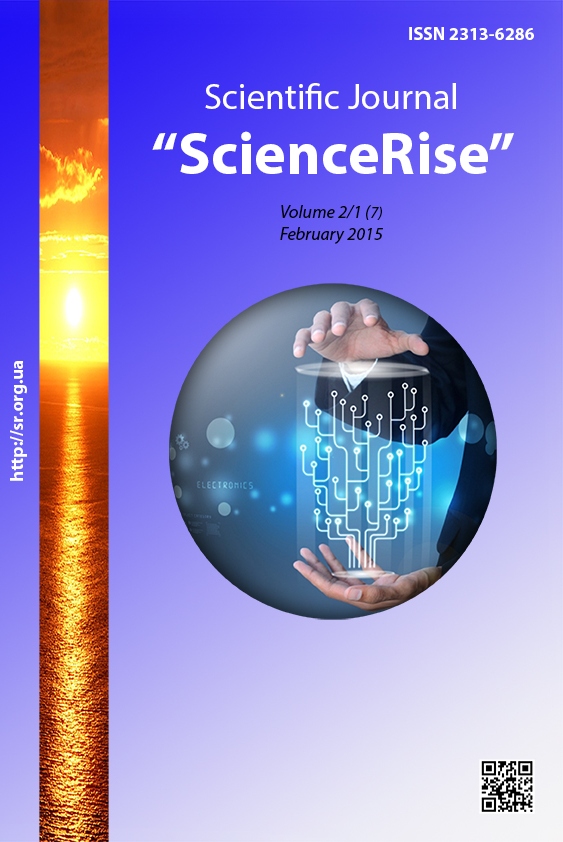The influence of time variability of the gravitational field on the atmosphere and ocean
DOI:
https://doi.org/10.15587/2313-8416.2015.37631Keywords:
gravitational field, pressure gradient, monsoon, winds, tropical cyclonesAbstract
An amplitude changes over time of gravity force and the influence of these changes on the dynamics of the atmosphere are estimated. The comparison of the daily variations of the gravitational field and the atmospheric pressure in the equatorial zone are made. The coherence of gravity change in the Indian Ocean with the formation of monsoon circulation is shown. The influence of differently directed gravity variations on the formation of rain and droughts is proved
References
The GRACE Mission. Available at: http://geoid.colorado.edu/grace/
The ocean bulletin. Available at: http://bulletin.aviso.oceanobs.com/
The World Relative Gravity Reference Network (WRGRN. Available at: http://geomaps.wr.usgs.gov/gump/gravity_base_stations/
Rutkevich, P. B. (1998). The reaction atmosphere on local changes in the density of the Earth's mantle. Hydrodynamics: Sat. Scien. works: Perm. Univ., 11, 241–248. [in Russia]
Borozdich, E. V. (1990). Exposure to short subcortical local perturbations in the lithosphere, hydro and atmosphere. Gagarin scientific readings on space and aviation. Moscow: Nauka, 130–140. [in Russia]
Uchytel, I., Yaroshenko, V., Kapochkin, B. (2011). Patent for useful model number 63796, The method for detecting changes in the gravitational field of the Earth, 25.10.2011. Bull. № 20. [in Russia]
Gladkyh, I. I., Kapochkin, B. B., Kucherenko, N. V., Lisovods'kyj, V. V. (2007). Weather Conditions Formation in Marine and Coastal Areas. Odesa: Astroprint Publisher, 142. [in Ukrainian]
The National Data Buoy Center (NDBC) – NOAA. Available at: http://www.ndbc.noaa.gov/
Dolia, V. D. (2010). Basic mechanism of interaction of a gravitational field of the Earth and atmospheric circulation. International conference Global and regional climate changes, conference abstracts, Kyiv.
Dolia, V. D. (2008). Тhe gravitational theory of baric formations. Geophysical Research Abstracts, 10.
Kapochkina, A. B., Kapochkin, B. B. (2013). Influence of gas components of the fluid regime of the lithosphere in the areas of water areas on the atmospheric processes. Interdisciplinary scientific-analytical and educational journal "Space and Time", 1 (4), 22. [in Russian]
Sharkov, E. A., Afonin, V. V. (2012). Global Tropical Cyclogenesis and 27-Diurnal Solar Activity Variations. Earth Study from Space, 1, 21–28. [in Russian]
How precise is Earth’s gravity. Available at: http://www.calpoly.edu/~gthorncr/ME302/documents/AccuracyofGravity.pdf
NOAA/ National Weather Service. Available at: http://www.cpc.ncep.noaa.gov/products/CDB/CDB_Archive_html/bulletin_092007/Tropics/figt24.shtml
Downloads
Published
Issue
Section
License
Copyright (c) 2015 Вадим Дмитриевич Доля, Наталья Васильевна Кучеренко, Борис Борисович Капочкин

This work is licensed under a Creative Commons Attribution 4.0 International License.
Our journal abides by the Creative Commons CC BY copyright rights and permissions for open access journals.
Authors, who are published in this journal, agree to the following conditions:
1. The authors reserve the right to authorship of the work and pass the first publication right of this work to the journal under the terms of a Creative Commons CC BY, which allows others to freely distribute the published research with the obligatory reference to the authors of the original work and the first publication of the work in this journal.
2. The authors have the right to conclude separate supplement agreements that relate to non-exclusive work distribution in the form in which it has been published by the journal (for example, to upload the work to the online storage of the journal or publish it as part of a monograph), provided that the reference to the first publication of the work in this journal is included.

